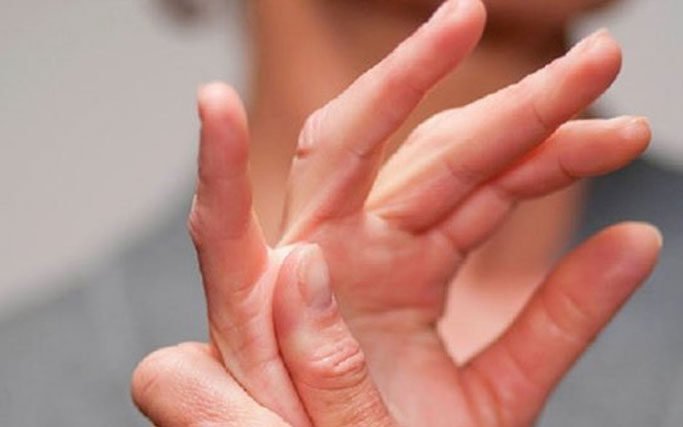Trigger finger is a condition that causes pain, stiffness, and locking when you bend and straighten your finger. In medical terms, it is also known as "stenosing tenosynovitis". This condition usually affects the ring finger and thumb, but it can also occur in other fingers. When the thumb is involved, the condition is called “trigger thumb.”
In a patient with trigger finger, the A1 pulley becomes inflamed or thickened, making it difficult for the flexor tendon to slide through the finger as it bends. Over time, the flexor tendon may become inflamed and develop a small nodule on its surface. When the finger flexes and the nodule passes through the hoop, there is a feeling of catching or scalding.
In the case of a severe trigger finger, the finger becomes locked and stuck in a bent position. Sometimes the patient must use the other hand to straighten the finger.
Trigger Finger Symptoms
Trigger finger symptoms often begin without a single injury. They may follow a period of heavy or extensive hand use, especially pinching and grasping activities. Symptoms of trigger finger include:
- A tender lump at the base of the finger on the palm side of the hand
- Sensation of catching, popping or locking with finger movement
- Pain when you bend or straighten your finger
- Stiffness and locking tend to be worse after periods of inactivity, such as when you wake up in the morning.
Trigger Finger Treatment
It can be treated in two ways: non-surgical and non-surgical. In non-surgical treatment, conservative treatment methods such as resting the hand, using a splint at night, exercises, medication and steroid injections are applied.
In cases that do not respond to conservative treatment, surgery may be necessary to prevent permanent stiffness. The surgical procedure for trigger finger is called “tenolysis” or “trigger finger release.” The goal of the procedure is to release the A1 pulley, which blocks tendon movement, so that the flexor tendon can slide through the tendon sheath more easily. Typically, the procedure is done in an outpatient setting with an injection of local anesthesia to numb the surgical area.






